What is the tolerance range of precision screws?
What is the tolerance range of precision screws?
Service Hotline
+86760-8787 8587We have more than ten years of production experience in the screw industry. The main products are: round rivet nuts, thin-head socket head cap screws and bolts, non-return washers, KM machine screws, 1mm thread nuts, gaskets, mixed packing bolts, grade 8 White-plated nuts, elastic washers, flat head screws, iron washers, screw connection nuts, copper inner teeth plastic handle nuts, round head 12.9 grade screws, sleeve washers, long nuts and other fasteners, due to the product material Different specifications and different prices, please contact us if necessary.


An embodiment of Guangdong Yueluo Hardware Industry Co., Ltd. provides a screw slotting device, as shown in Figure 1, which includes a workbench 1, a vibrating plate 2 is arranged on the upper part of the workbench 1, and a conveying device 3 is arranged on the vibrating plate 2. Below the discharge port, the slotting device 4 is arranged on one side of the conveying device 3, and the slotting device 4 is provided with a reciprocating cutting wheel 42 that can slot the screws in the conveying device 3 when it extends out. The device 4 is also fixedly provided with a fixed wheel 48 for grinding the grooved screws. Using the screw slotting device, the screws can be automatically sorted by the vibrating plate 2, which improves the production efficiency. The reciprocating motion of the cutting wheel 42 can greatly reduce the probability of knife breakage. Sanding, fixes burrs and roughness.
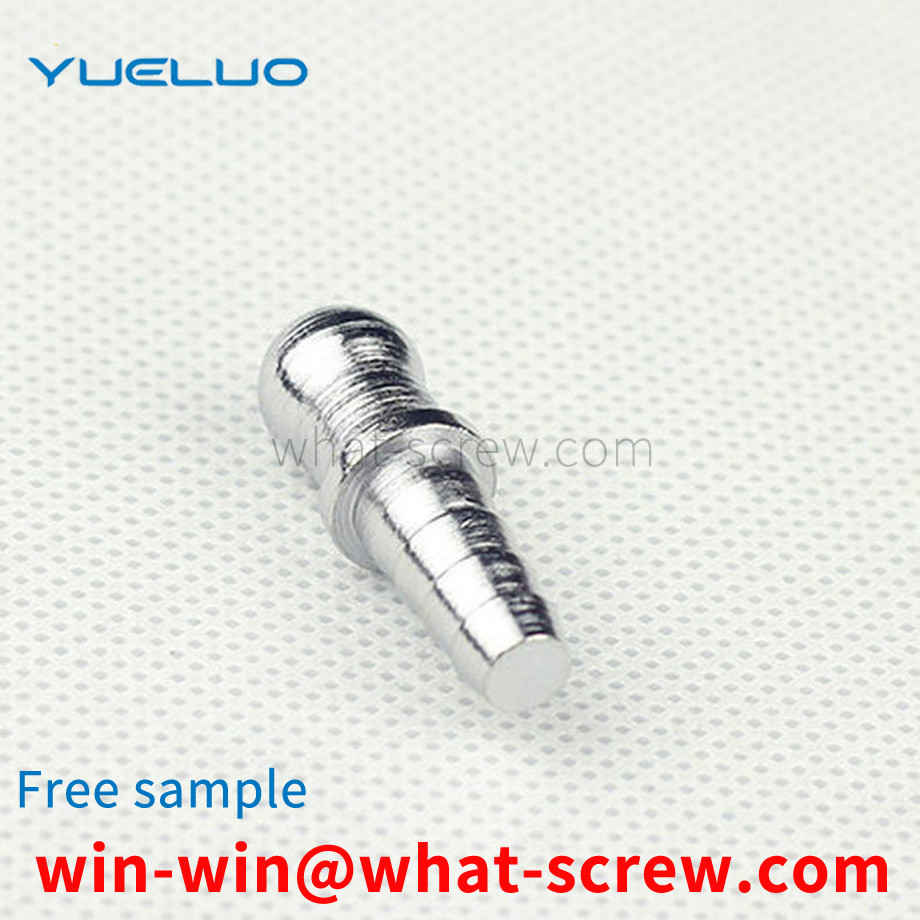
screw is a type of fastener that cooperates with threaded holes for combining various parts into one assembly and making the parts easy to assemble or disassemble. However, when the assembly containing the screw is used in a special environment, such as outdoor use or use in a liquid environment, there are requirements for preventing the leakage of liquid through the screw joint and preventing the screw from loosening at the screw joint. The screw structure does not have such a function. In the prior art, when there is a need for leakage prevention and loosening of the screw, a rubber washer is usually added between the screw head of the screw and the locking surface of the locked part, or the thread part of the screw is wrapped to prevent Leakage tape and then add anti-loose washers between the screw head of the screw and the locking surface of the locked part, so as to achieve the purpose of preventing leakage and loosening. However, the use of washers not only increases the thickness and weight of the assembly, but also requires an additional process during assembly, which is labor-consuming and labor-intensive. In the process of screwing, it is easy to cause uncertainty to the rubber washers due to the shear stress of the screws. Leakage occurs due to damage and deformation, and the practice of wrapping leak-proof tape around the screw teeth is often prone to damage to the threaded holes.
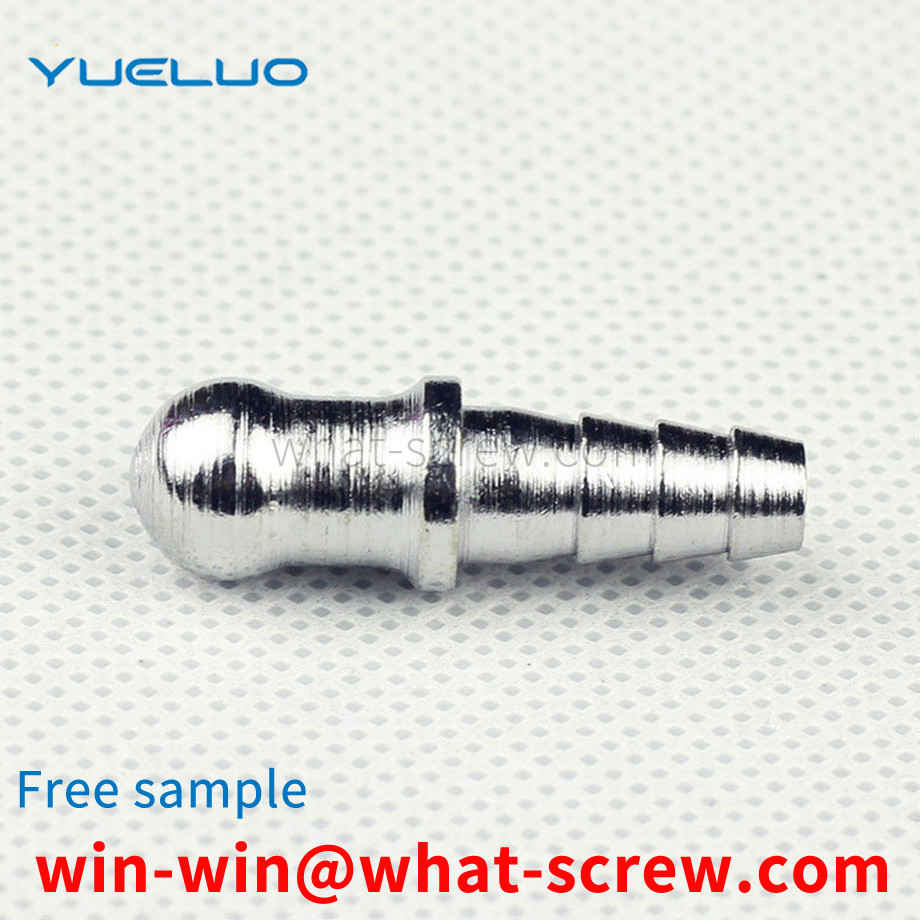
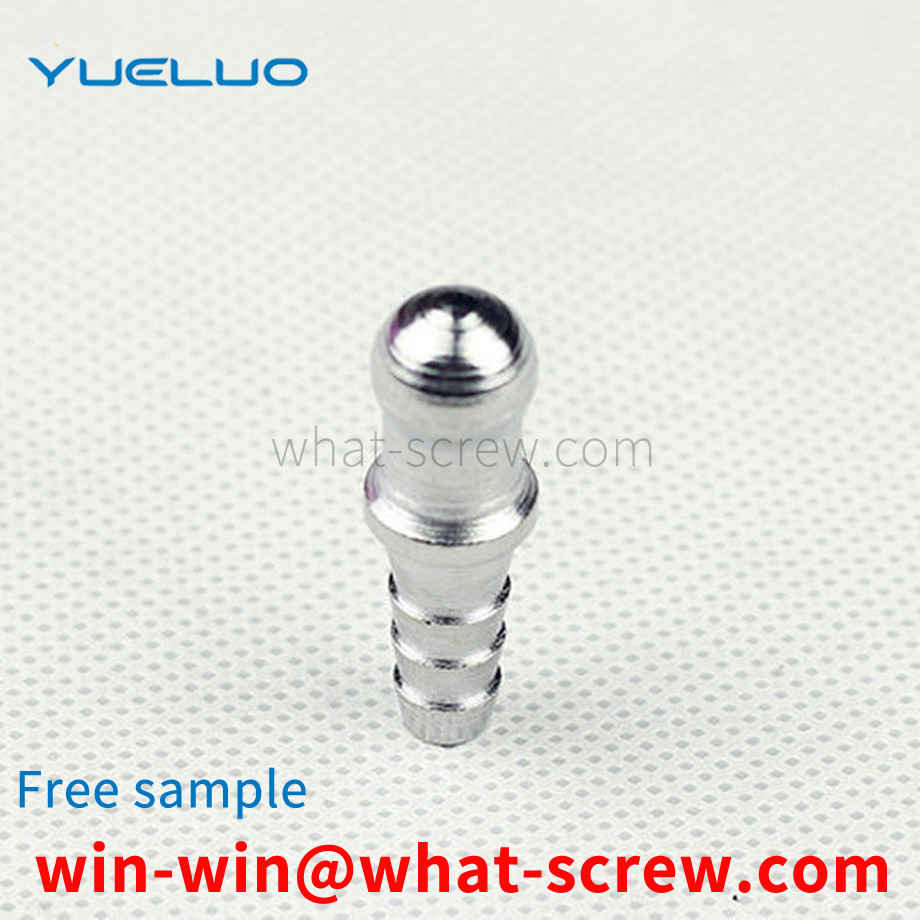
Inspection method There are two types of screw surface inspection, one is the inspection before the screw is produced and not plated, and the other is the inspection after the screw is plated, that is to say, after the screw is hardened and the surface of the screw is treated. . After the screws are produced and before electroplating, we inspect the screws in various aspects such as size and tolerance. See if there are national standards or customer requirements. After the surface treatment of the screws, we will inspect the plated screws, mainly to check the color of the plating and whether there are any broken screws. In this way, when we deliver screw goods to customers, customers can successfully pass the customs when they receive the goods. Inspection of screws after treatment: 1. Appearance quality requirements The inspection of the appearance of screws is carried out from the aspects of appearance, electroplating layer and so on. Second, the inspection of the thickness of the screw coating 1. The measuring tool method uses a micrometer, a vernier caliper, a plug gauge, etc. 2. Magnetic method The magnetic method is used to measure the thickness of the coating layer, which is a non-destructive measurement of the non-magnetic coating layer on the magnetic substrate with a magnetic thickness gauge. 3. Microscopy Microscopy is called metallographic method, which is to magnify the etched fasteners on a metallographic microscope with a micrometer eyepiece to measure the thickness of the coating on the section. 4. Timing flow method The timing flow method uses a solution that can dissolve the coating to flow on the local surface of the coating, and calculates the thickness of the coating according to the time required for the local coating to dissolve. There are also coating drop method, anodic dissolution Coulomb method, etc. 3. Inspection of the adhesion strength of the screw coating There are many methods for evaluating the adhesion between the coating and the base metal, usually the following. 1. Friction polishing test; 2. File method test; 3. Scratch method; 4. Bending test; 5. Thermal shock test; 6. Extrusion method. 4. Inspection of corrosion resistance of screw coatings The corrosion resistance inspection methods of coatings include: atmospheric exposure test; neutral salt spray test (NSS test); acetate salt spray test (ASS test), copper accelerated acetate salt spray test (CASS) test); and corrosion paste corrosion test (CORR test) and solution spot corrosion test; immersion test, inter-dipping corrosion test, etc.
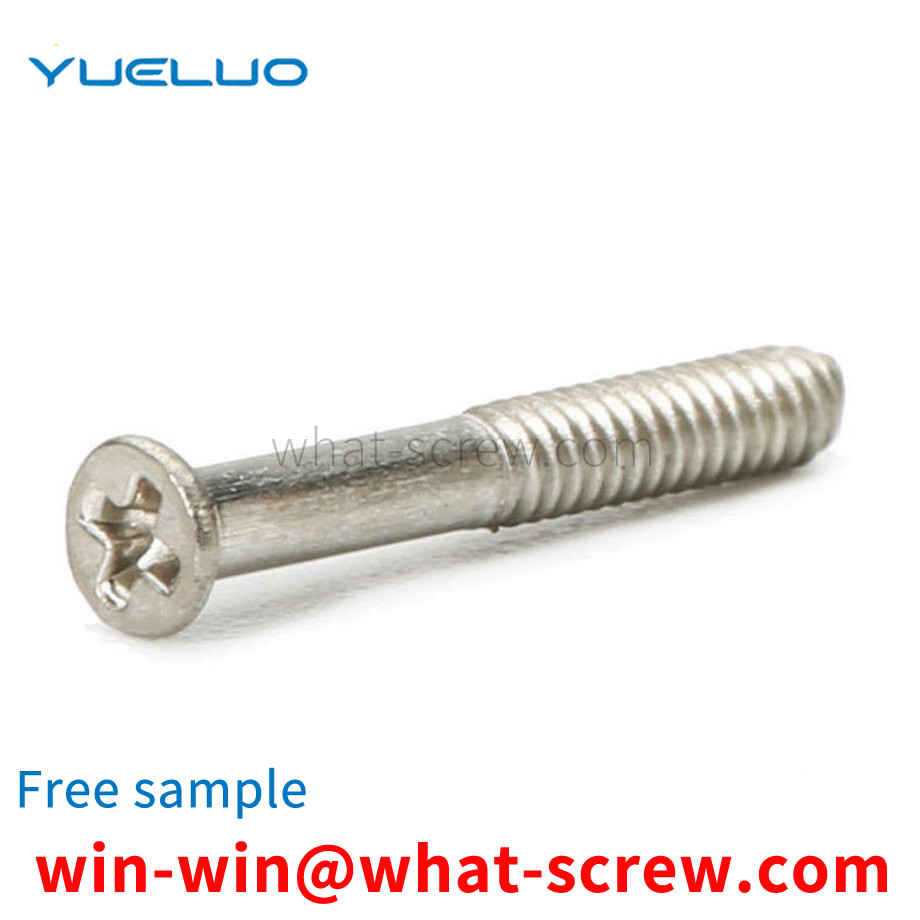
Stainless steel screws do not necessarily corrode and rust, but that stainless steel screws have a stronger ability to withstand corrosion and rust than iron screws. But stainless steel screws can still rust under certain circumstances. So under what conditions are stainless steel screws prone to rust! What is the cause of rust? Stainless steel screws have better characteristics, strong corrosion resistance, high temperature resistance, and strong rust resistance. But it will rust in harsh environments. For example, stainless steel screws are exposed to the sun and the wind every day under very humid conditions. Over time, it will definitely rust a little. For example, in contact with some acid-base chemicals to cause chemical reactions. cause corrosion and rust. There are also bad stainless steel screws, such as stainless steel SUS201 screws used in seawater. Due to long-term immersion, SUS201 stainless steel screws themselves are not suitable for use in salty seawater. cause corrosion and rust. For the use of marine products, it is generally recommended to use stainless steel SUS316 screws, because 316 stainless steel screws have better performance such as corrosion resistance. From the above, it can be concluded that stainless steel screws will still corrode and rust under certain circumstances. Therefore, this requires the rational use of stainless steel screws. Use stainless steel screws of different materials in different situations. And in different occasions, when using stainless steel screws, special attention is also required, and some details need to be considered more. Try to control the corrosion and rust of stainless steel screws as much as possible.
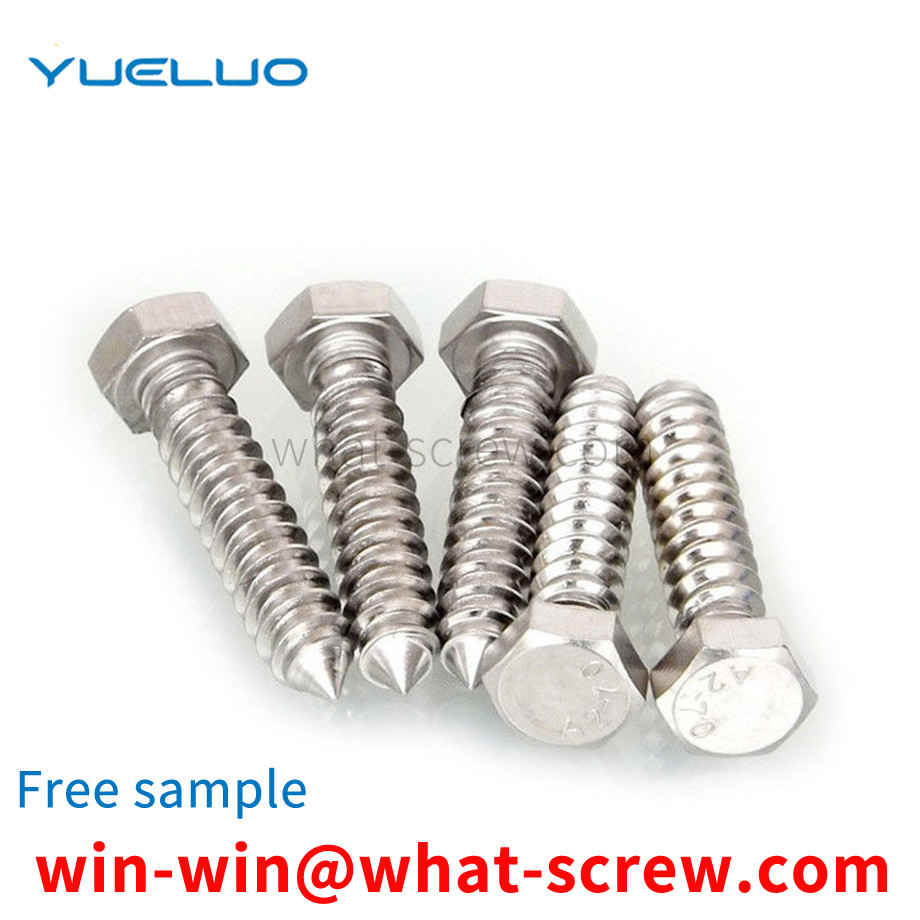
The above content is uploaded by Yueluo or the Internet. If there is any copyright issue, please contact [email protected].

What is the tolerance range of precision screws?

How to choose the right stainless steel screw manufacturer?

Why is there an R angle under the head of the hexagon head s...
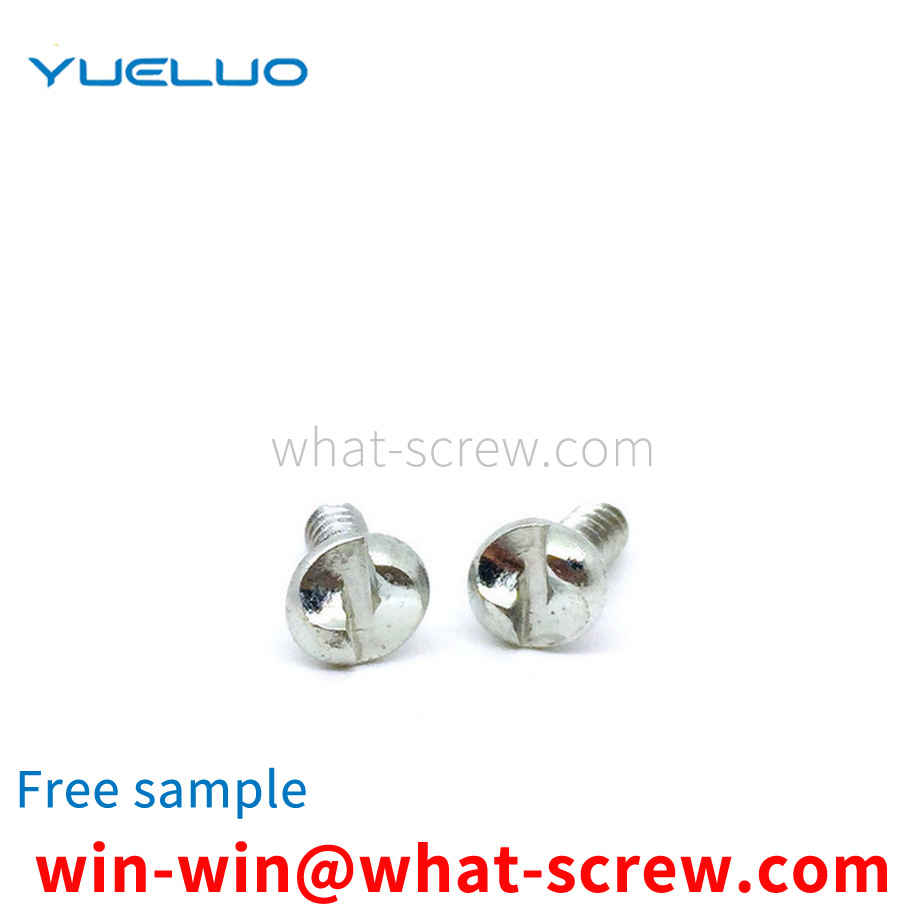
We have more than ten years of production experience in the ...

We have more than ten years of production experience in the ...
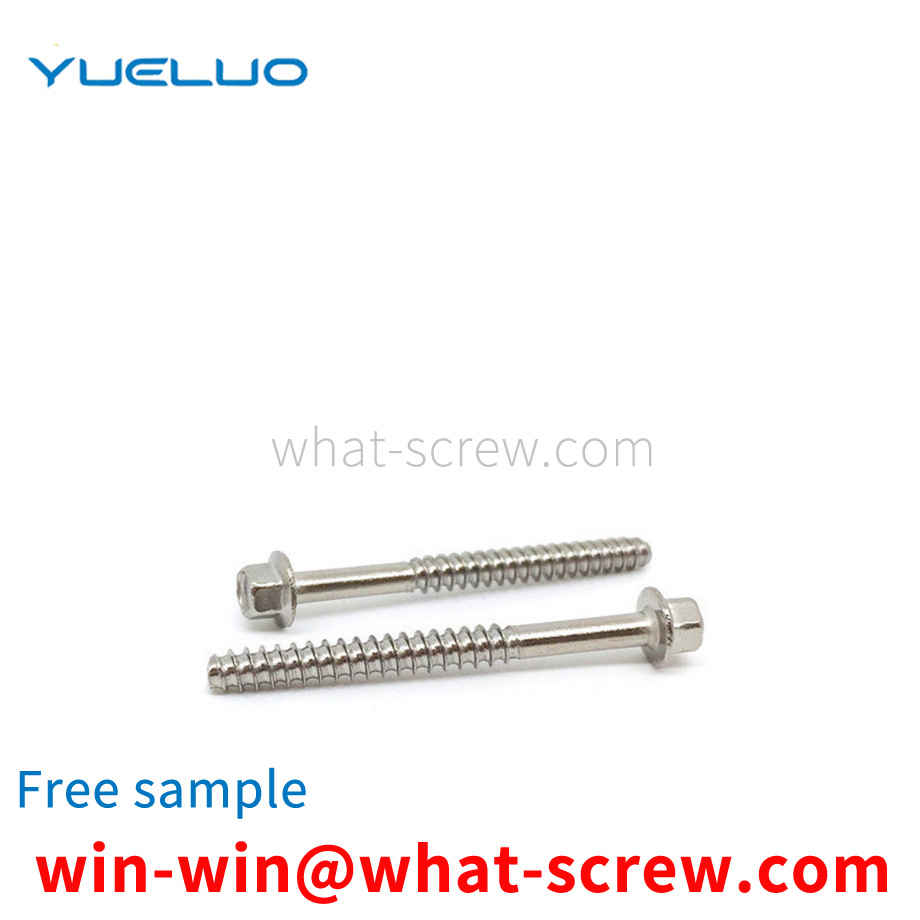
We have more than ten years of production experience in the ...
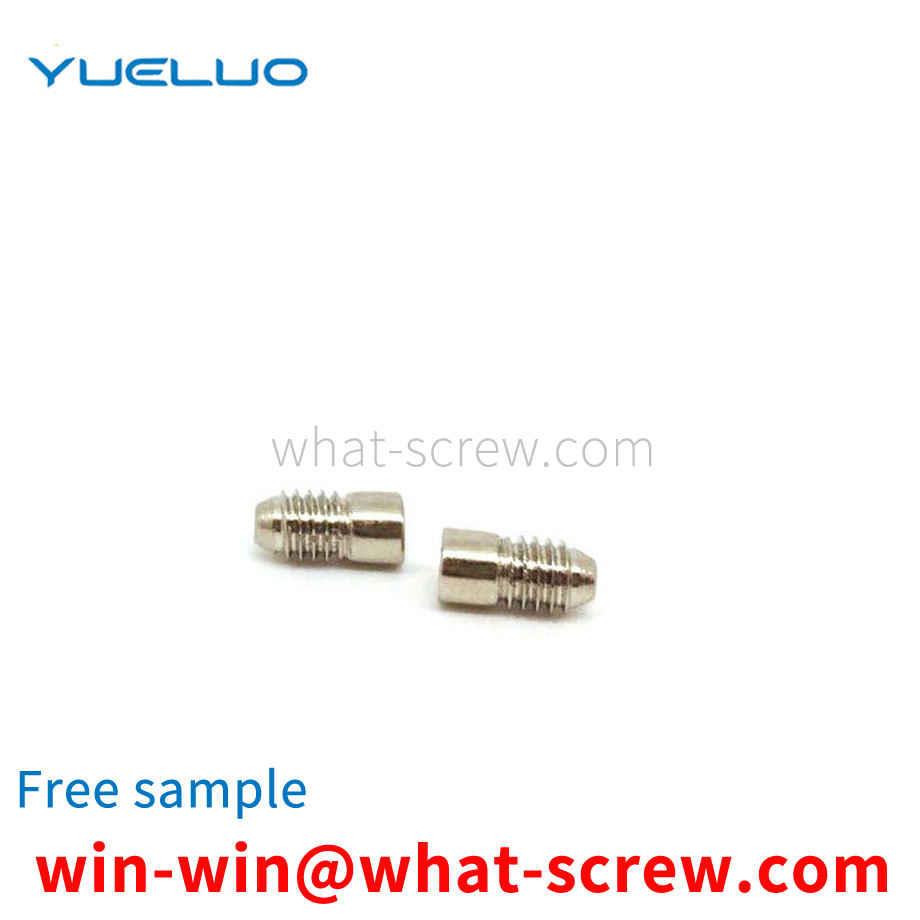
We have more than ten years of experience in the production ...